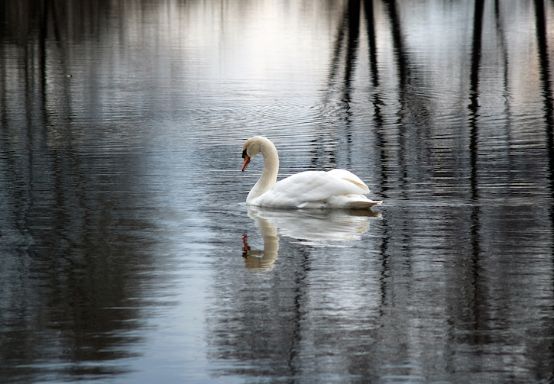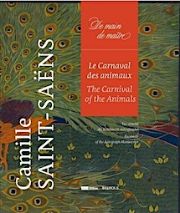Animal facsimile
Camille Saint-Saëns only released his "Carnaval des animaux" in his will. A facsimile of the autograph has now been published.

What would music be without some animal fun! It doesn't have to be a cat duet or Petrushka's dancing bear - at best, that would only get the ear or animal rights activists up in arms. Camille Saint-Saëns had a much more subtle sense of humor when he wrote his Carnaval des animaux in 1886 during a concert tour through Germany and Bohemia accompanied by musical chauvinism. During his lifetime, he only gave a few performances of this musical amusement in his inner circle; only the "Swan" to be sung on the violoncello was allowed to glide through the world of the upper middle-class salons. Only with his last will and testament did Saint-Saëns finally release the work, which has since filled the programs of numerous children's concerts. However, it is clear to the connoisseur that he was quite serious about this carnival: three movements deal with well-known melodies (Rossini, Berlioz, Offenbach), but "personalities with long ears" were also considered - who wouldn't think of Mozart's beautiful bon mot ...
The autograph, which has now been published as a large-format (30 x 36.6 cm) facsimile, is surprisingly neutral compared to this excellent humor: generously written with numerous abbreviations, hardly any corrections, no further entries, but with a few simple drawings. A strange balancing act which, thanks to an exemplary and well-designed edition, is now in everyone's hands. Not just a great gift for Christmas.
Camille Saint-Saëns: Le Carnaval des animaux. Fac-similé du manuscript autographe (= de main de maître 2), présenté par Marie-Gabrielle Soret, 192 p., € 200.00, Brepols Publishers, Turnhout 2018, ISBN 978-2-503-58122-4








